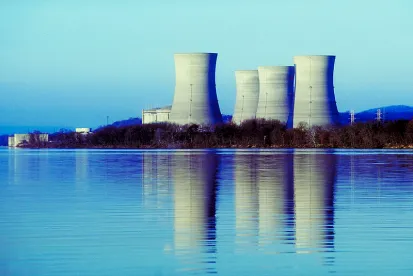At a meeting on June 1, the NRC and industry representatives agreed to pursue a revised definition of operability of those structures, systems, and components (SSCs) addressed in the technical specifications (TS) for nuclear power plants.
Currently, the standard definition states that an SSC identified in a TS is operable if it can perform its “specified safety functions”—which, in turn, is undefined. Typically, an SSC may have a number of safety functions. The industry representatives proposed that “specified safety functions” be limited to those safety functions that satisfy one or more of the criteria in 10 CFR 50.36(c)(2)(ii), which governs the SSCs needed to be addressed in the limiting conditions for operation in a TS. The industry representatives explained that this definition would include those support systems and functions that are necessary for the performance of the specified safety functions.
The NRC staff noted that while this approach is different from the NRC’s traditional approach, the staff is nevertheless “encouraged” by the proposal, stating that it would add “significant value.” Both the NRC and the industry representatives noted that this approach would enable operators to focus on the safety of operations of plants rather than the evaluation of their licensing basis. Based on the NRC’s positive feedback, the industry representatives plan to prepare a paper for submission to the NRC that lays out the proposal in more detail.
As discussed at the meeting, there are a number of questions that will need to be resolved before the proposal could be implemented, including the following:
-
Would safety functions that protect against external events—such as fires, earthquakes, and tornado missiles—be included within the specified safety functions?
-
Would an SSC’s mission time be taken into account in determining the specified safety function?
-
Would the definition of specified safety function be included within the TS? (Probably yes)
-
Would a licensee list or otherwise identify the specified safety functions for an SSC in the TS, TS bases, final safety analysis report, or other licensing basis document? (Probably yes)
Takeaways
The discussed approach, if adopted, holds promise for reducing the number of operability determinations that a plant needs to make and for enabling operators to focus more on the safety of operations of their plants. However, a number of issues remain to be resolved before the approach can be


 />i
/>i

